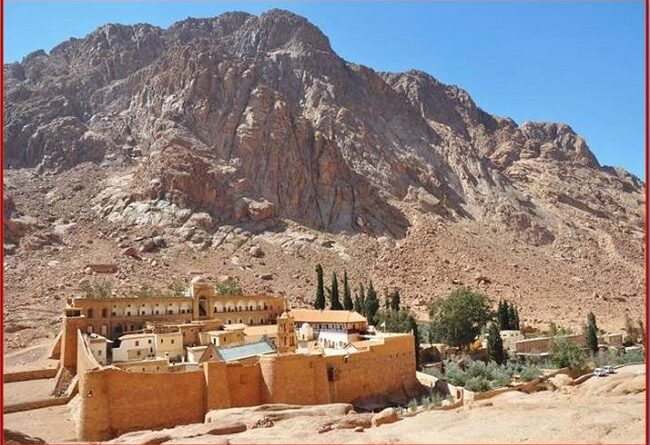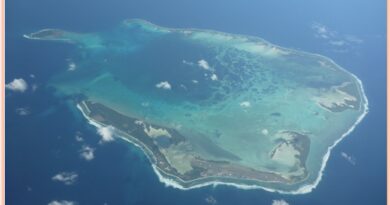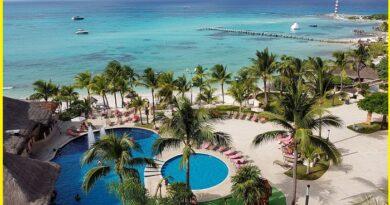‘The Mount Sinai’. Egypt-A Best Geological destination to important sacred landscape

The mountain Sinai reaches 2,285 meters above sea level, which was under Israeli administration from the Six-Day War of 1967. It was returned to Egypt in 1979. The closest city is Saint Catherine, with a population of around 4,600. The mountain is composed of different types of granite and volcanic rock believed to have formed during the latter part of the evolution of the Arabian-Nubian Shield.
Geology
The topography of the mountain is rugged, consisting of granite and Sandstone Mountains cut by steep-walled seasonal watercourses. The highest peak is the historic Mount Catherine, 2,642 meters. Scattered over the mountain are a modest Bedouin population that lives mainly by growing dates, barley, and some fruits and by raising camels, goats, donkeys, and sheep.

The Sinai mountain offers spectacular views of nearby plunging valleys and of jagged mountain chains rolling off into the distance, and it’s usually possible to see the even-higher summit of Gebel Katarina in from here. Most people on tours from Sharm El Sheikh make the climb in the pre-dawn hours to see the magnificence of the sun rising over the surrounding peaks.
Spiritual Place
Mount Sinai has a long historical background that has led it to become one of the holiest places in the world for Jews, Christians, and Muslims. According to these religions, Mount Sinai is where Moses spoke with God and received the Ten Commandments. This event occurred as Moses was leading the Israelites out of Egypt and into present-day Israel. Christians moved to this area in the 3rd century AD, and Georgians from the Caucasus came in the 5th century.
Also read- “The Kalahari desert”- Second biggest desert in Africa after Sahara and an amazing arid landscape
At the base of the mountain, the 1,700-year-old Monastery of St. Catherine is the world’s oldest continuously operating Christian monastery. It was built between 548 and 565 AD. Saint Catherine’s Monastery is a UNESCO World Heritage Site.

Summit hike
Visitors take one of the two well-defined routes up to the summit. Both meet about 300m below the summit at a plateau known as Elijah’s Basin. The first of these is longer, but not much steep. here; everyone must take a steep series of 750 rocky and uneven steps to the top.

The second path is shorter and steeper. The hiker must climb 3,750 steps, which are referred to as the “Steps of Penitence.” These steps were carved by a monk as an act of penitence. At the summit, there is an ancient mosque, built in the 12th century, as well as a chapel, built-in 1934. All hikers must be accompanied by a local Bedouin guide.




Pingback: The last Remaining Wonder of the Ancient World-“The Great Pyramids of Giza”, Take a Geotourism around the place - Geotourism